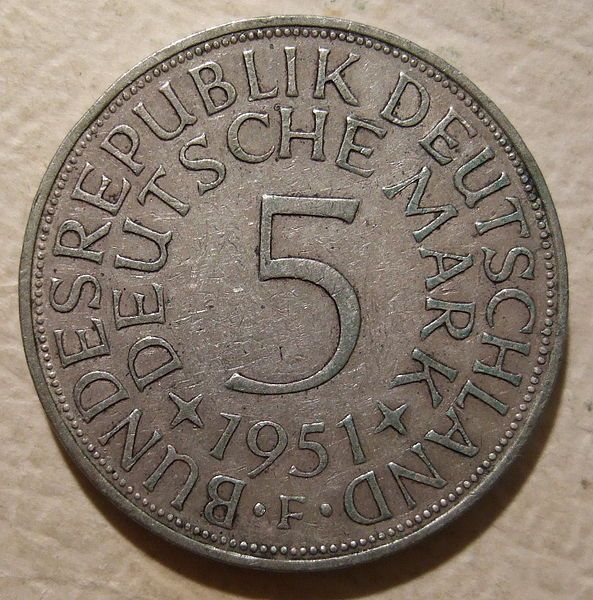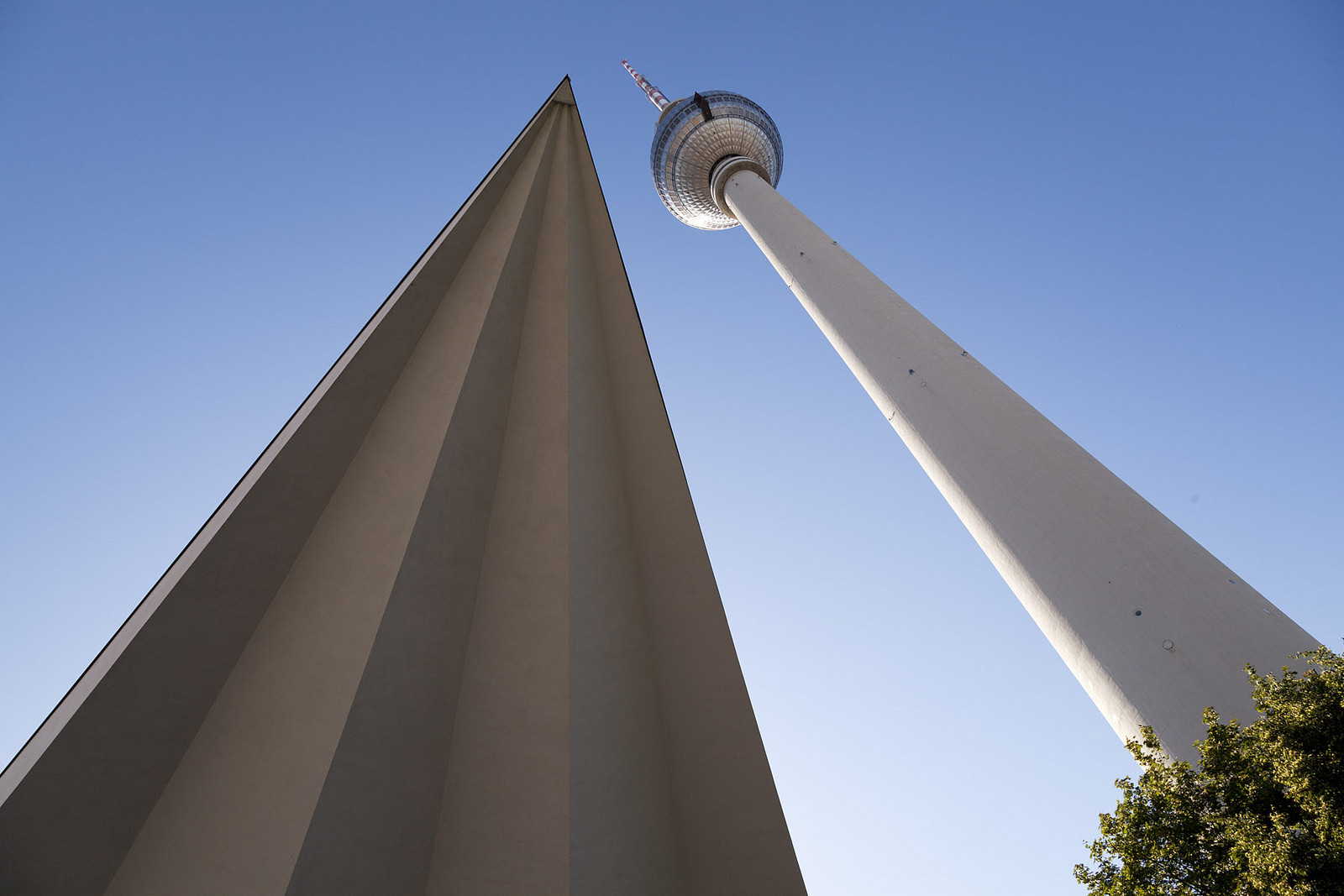
TV Tower
With 368m the Fernsehturm is the fourth tallest freestanding structure in Europe. Its sphere consist in a visitor platform and a revolving restaurant, which rotates every 30 minutes giving visitors an astonishing view over Berlin. It was designed by several East German architects and it is among the best known sights in Berlin.
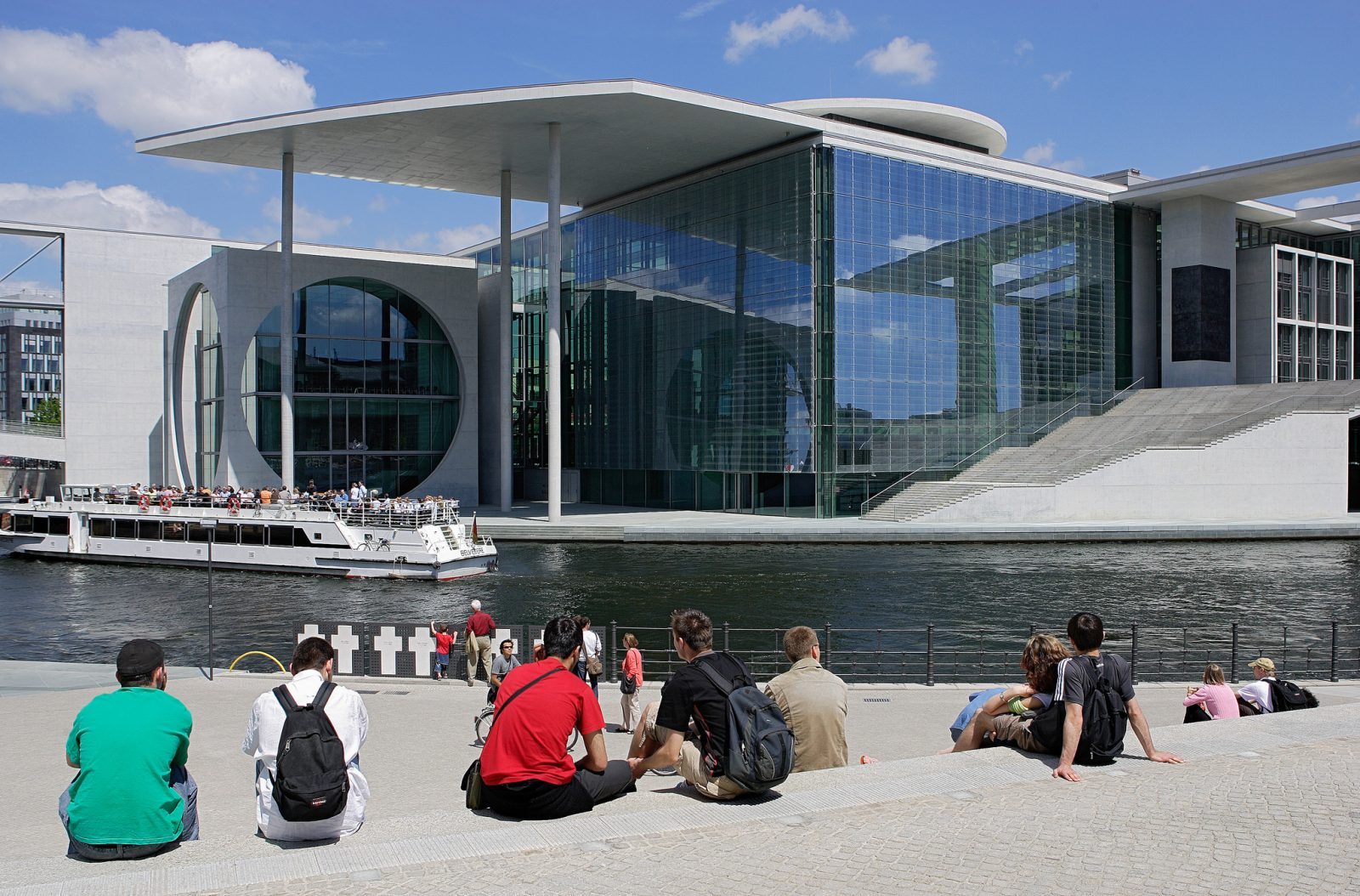
Bundeskanzleramt
Home for the German Federal Chancellery since the federal government moved from Bonn to Berlin, this building was planned by the architects Axel Schultes and Charlotte Frank and is part of the “Bund of the Confederation” in the Spreebogen.
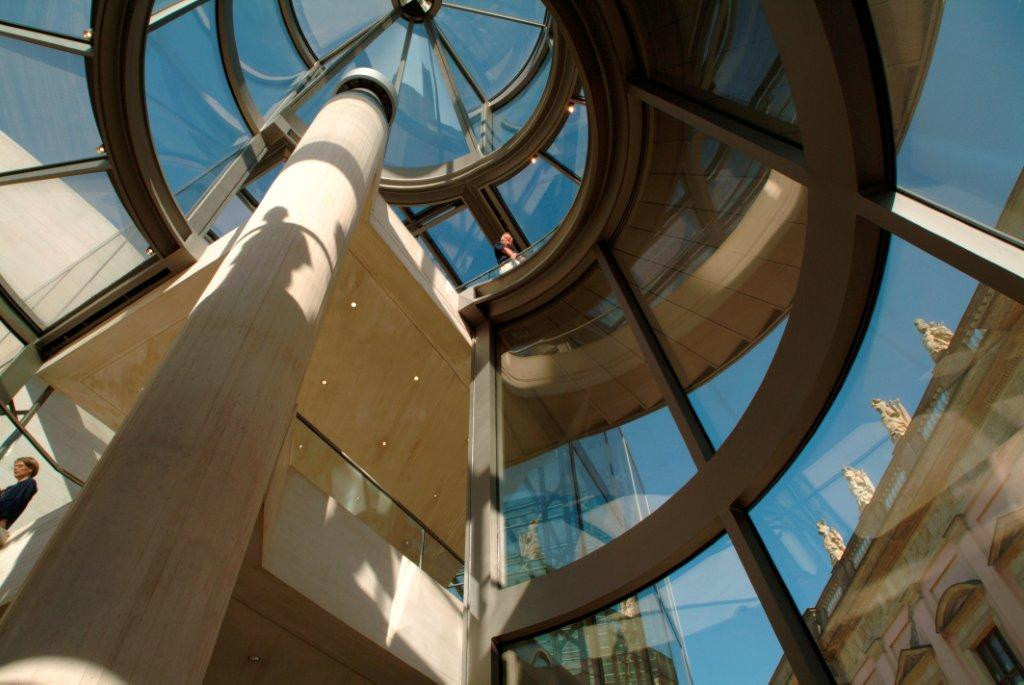
German Historical Museum
The building of the German Historical Museum, one of city’s most important, is divided in two: the old Zeughaus, consider the most relevant of the Baroque period in Berlin; and the modern exhibition hall designed by the Chinese-American architect Ieoh Ming Pei, who also projected the pyramid of the museum of the Louvre.
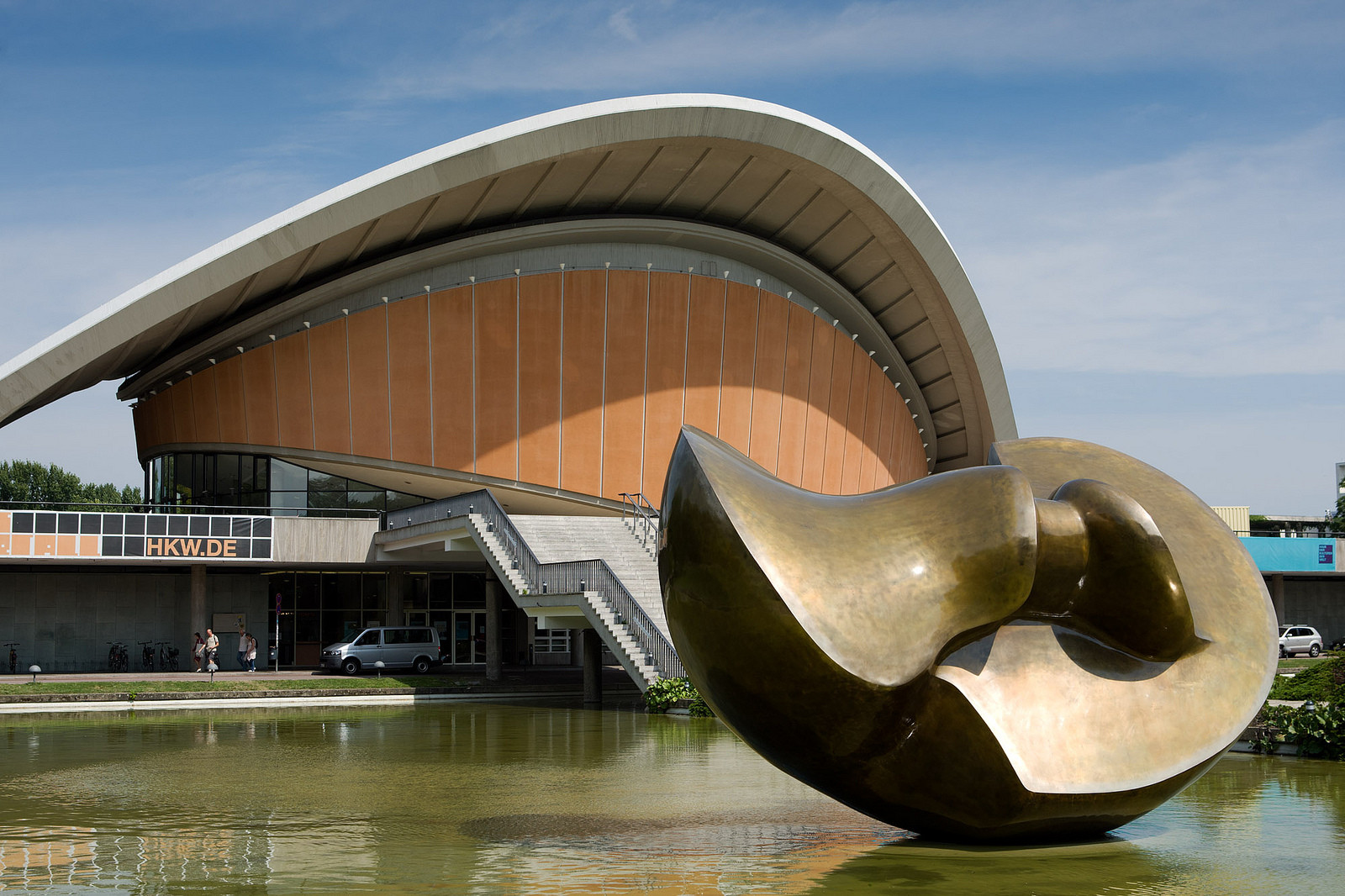
Haus der Kulturen der Welt
Also known by locals as the Schwangere Auster (“pregnant oyster”) due to its shape, the building of HKW was constructed by the architect Hugh Stubbins as a present from the U.S.A to Germany during the Cold War period. It served once as stage for the famous speech of John F. Kennedy in 1963 and it is now Germany’s national centre for the presentation and discussion of international contemporary arts.
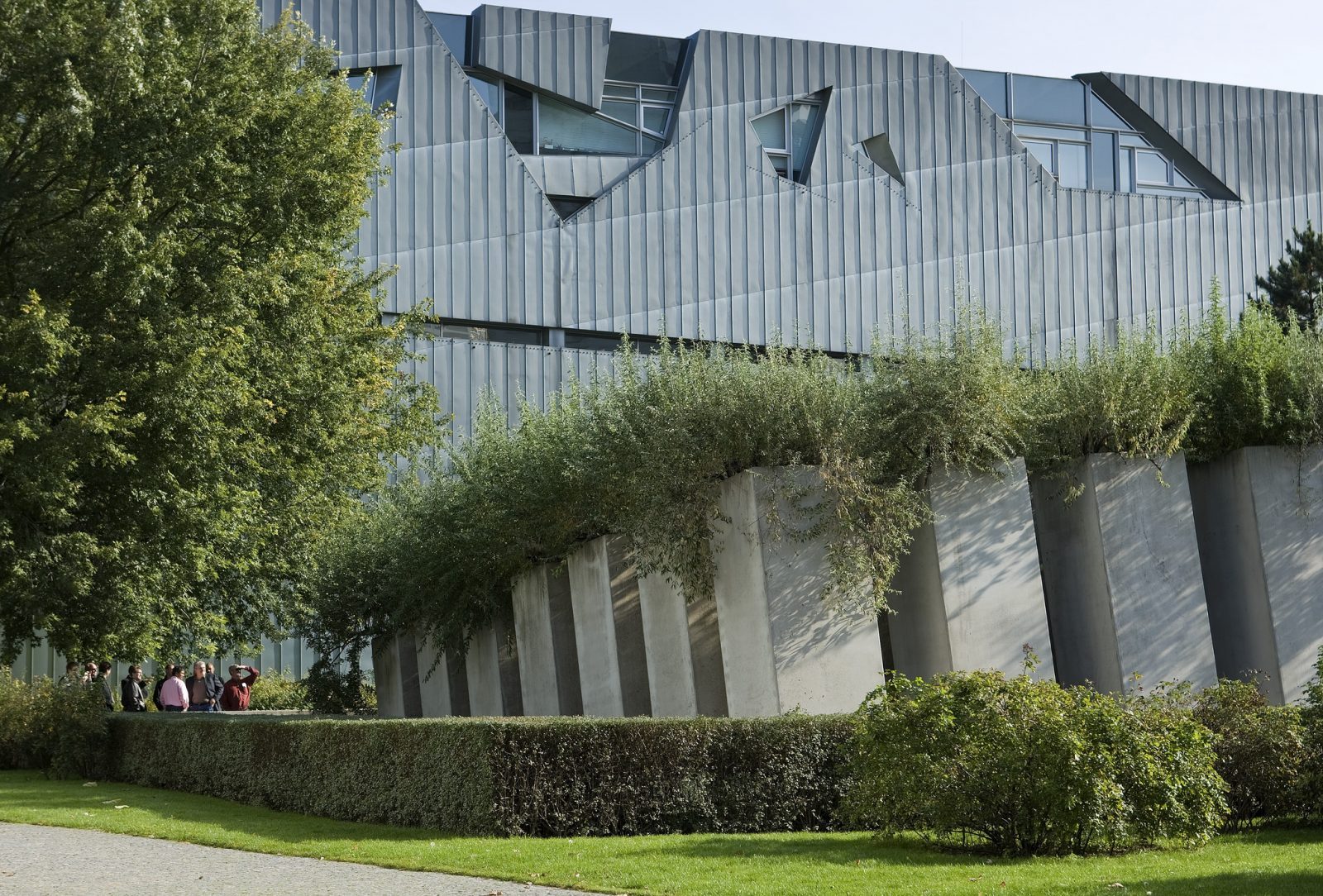
Jewish Museum Berlin
One of the largest in Europe the Jewish Museum Berlin consists of two buildings – an old baroque construction, and a new, deconstructivist-style building by Libeskind. With about 15,000m2 Libeskind design is zig-zag based on three ideas: 1- the impossibility of understanding the history of Berlin without understanding the great contributions of its Jewish citizens; 2- the necessity of integrating the meaning of the Holocaust into the consciousness and memory of the city of Berlin; 3- the fundamental need to acknowledge this erasure of Jewish life in Berlin, so that the history of Berlin and Europe can have a human future.
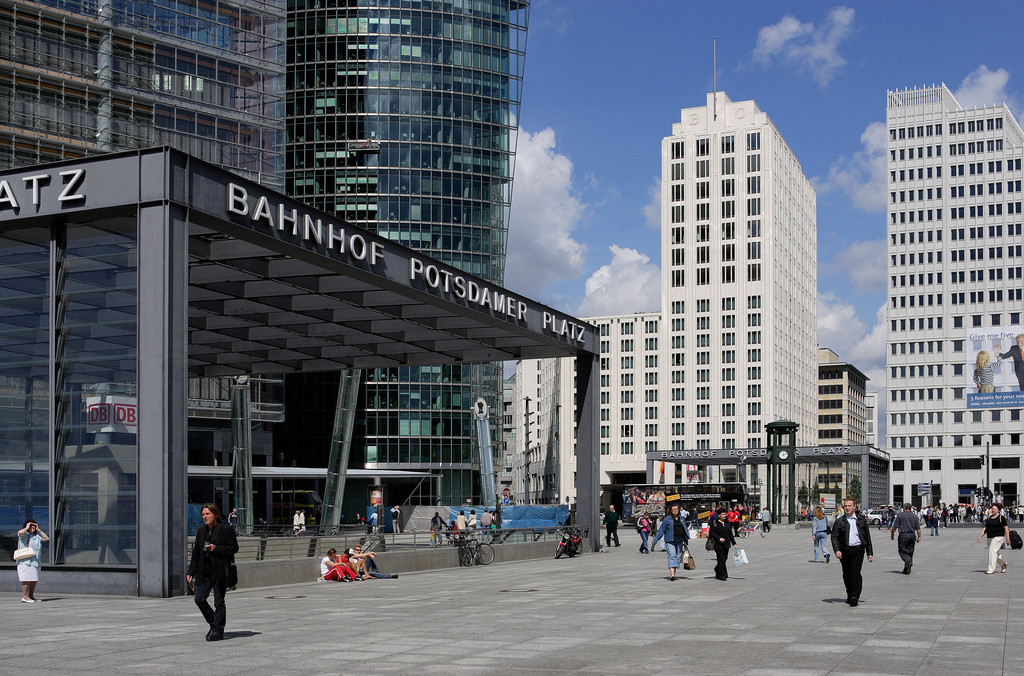
Potsdamer Platz
The Potsdamer Platz we know today was born after the Berlin Wall Fall based on a Renzo Piano Building Workshop-designed masterplan. It was meant to symbolize a newly reunified German capital, reconnecting areas of the city formerly separated during the Cold War.
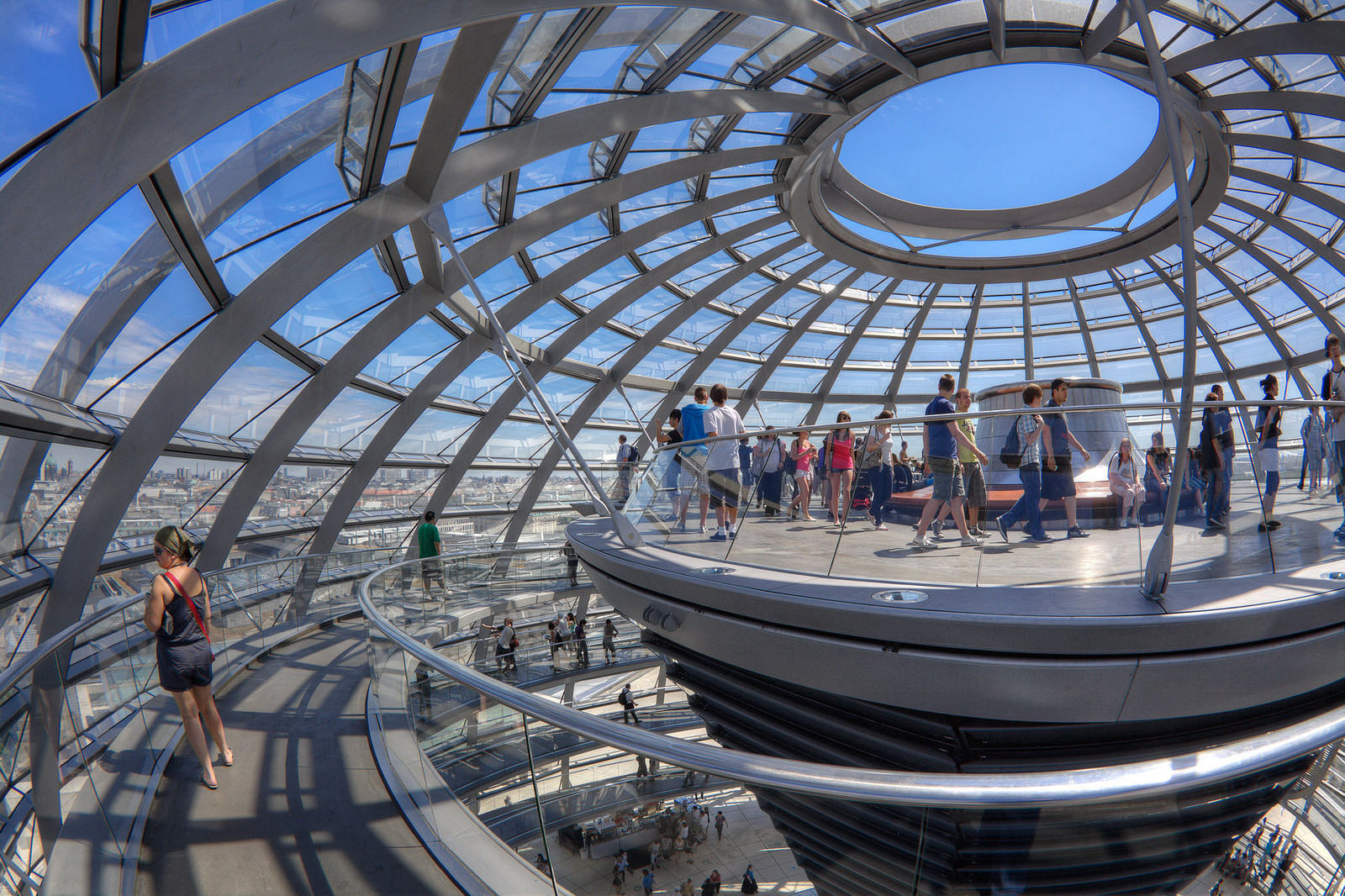
Reichstag dome
Designed by architect Norman Foster the large glass dome constructed on top of the Reichstag has 360 degree view over Berlin cityscape. A mirrored cone in the center of the dome directs sunlight into debating chamber of the German parliament, so that visitors can watch their work, symbolizing the people above the government.
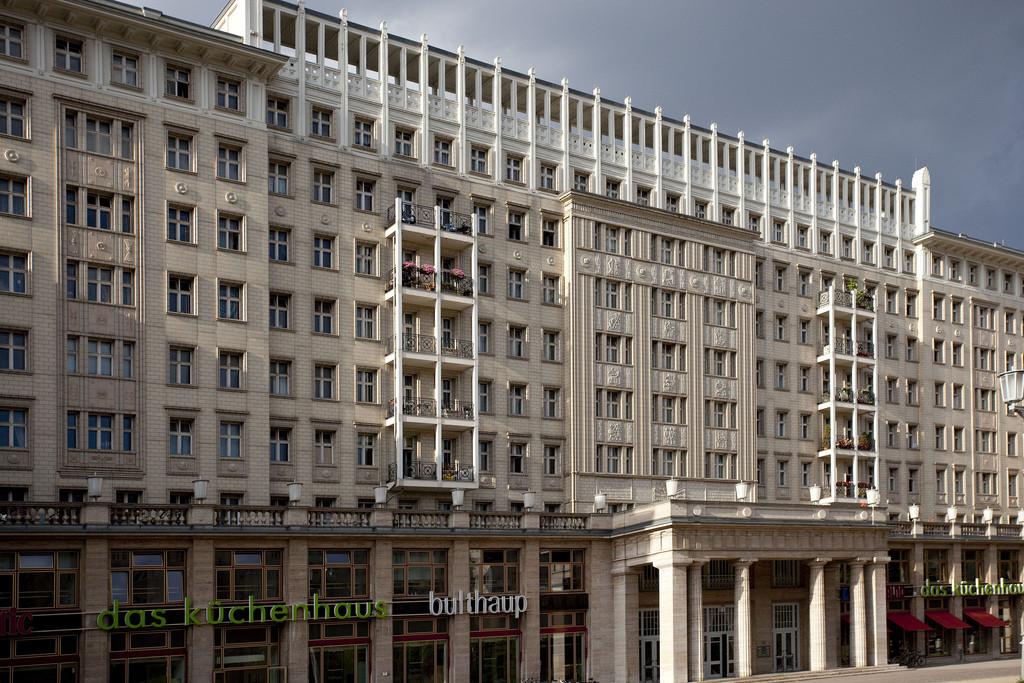
Karl-Marx-Allee
This monumental socialist boulevard constructed in the 50s was design by several GDR architects such as Hermann Henselmann and Hartmann. It strong soviet influence makes one feel like in a trip to Moscow.
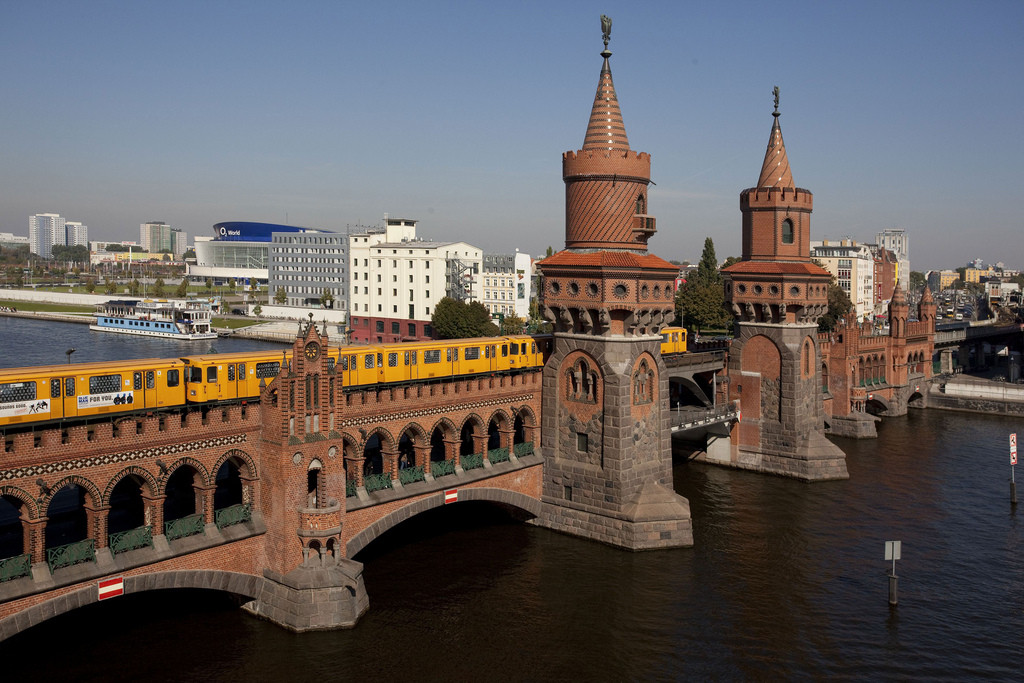
Oberbaum Bridge
This bridge has a long history. Constructed in the first half of the 18th century on the former boundary of the municipal area of Berlin it served as a gate to the city. During the Cold War it was located exactly between West and East. Nowadays it links the two most bohemian neighborhoods of Berlin, Kreuzberg and Friedrichshain, and it is knowns as one of city’s most emblematic unity symbols.
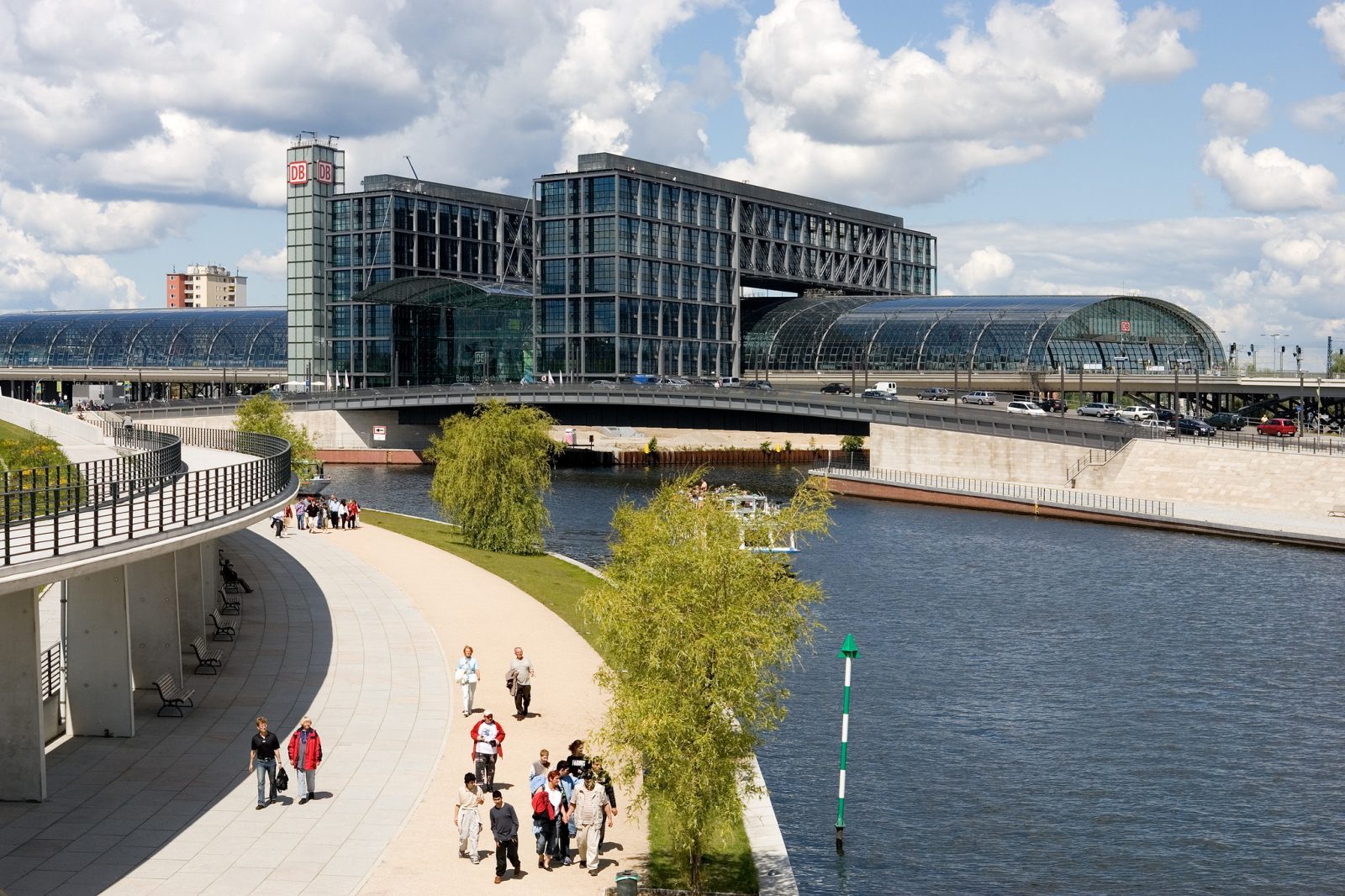
Hauptbahnhof
Design by the Hamburg architecture firm Gerkan, Marg and Partners Berlin’s Hauptbahnhof was completed after 11 years of construction just in time for the Football World Cup of 2006. The largest and most modern crossing station in Europe, Hauptbahnhof is a stunning piece of modern architecture. Made with all technology of its time, the station has two levels and 14 platforms. The numerous curved glass panes let daylight into all of station’s levels and the steel futuristic-looking forms are the leitmotif of this unique construction.
